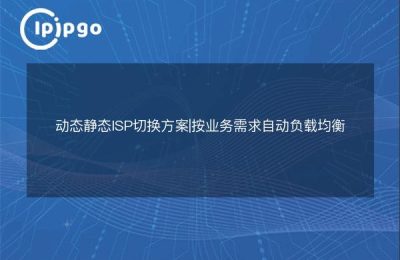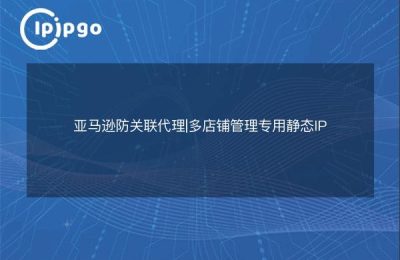
In today's Internet world, privacy and security have become especially important. In order to protect personal information and enhance the Internet experience, many people choose to use static residential IP proxy. Today, we will introduce the knowledge and usage of static residential IP proxy in detail, so that you can easily get started and enjoy the new Internet experience.
What is a static residential IP proxy?
A static residential IP proxy is a proxy service that provides IP addresses that are residential IP addresses assigned by an Internet Service Provider (ISP). These IP addresses are usually fixed, hence the term "static".
Compared to regular data center proxies, static residential IP proxies are more authentic and reliable. It's as if you live in a real residential neighborhood instead of a virtual office building, and it's harder for others to find out who you really are.
Advantages of Static Residential IP Proxy
Static residential IP proxies have a number of significant advantages, starting with their ability to provide greater anonymity and security. Since these IP addresses are real residential IPs, network access using them is much less likely to be detected and blocked.
Secondly, static residential IP proxy performs better when accessing some IP address sensitive websites. For example, some e-commerce platforms, video streaming services, etc. Using static residential IP proxies can avoid being recognized as bots or malicious users.
How to choose the right static residential IP proxy service?
Choosing a suitable static residential IP proxy service is key. First, you need to consider the coverage of the service and make sure that the IP address it provides covers the area you need to access.
Secondly, speed and stability are also important factors. A good static residential IP proxy service should be able to provide high speed and stable internet connection to avoid frequent dropouts and slow speed.
In addition, the security and privacy protection of the service is also a concern. Make sure that the proxy service provider does not record your online activities and protects your personal information.
Tutorial on using static residential IP proxies
Using a static residential IP proxy is not really complicated, and we'll explain step-by-step how to configure and use it below.
Step 1: Selecting and registering a proxy service
First of all, you need to choose a reliable static residential IP proxy service provider and register an account on its official website. The registration process is usually quite simple and only requires some basic information.
Step 2: Obtain a proxy IP address and port
After successful registration, you can get the static residential IP address and port number assigned to you in the user panel of your service provider. Make a note of this information and we will use them later in the network settings.
Step 3: Configure network settings
Open Network Settings on your device and find the Proxy Settings option. Depending on your device, the location of the proxy settings may vary. Generally, you can find it in the "Network and Internet" or "Connections" settings.
In Proxy Settings, select Manually Configure Proxy Server and enter the static residential IP address and port number you acquired. After saving the settings, your device will have network access through this proxy server.
Step 4: Verify that the agent works
After the configuration is complete, you can verify that the proxy is working properly by visiting some IP testing websites. These websites will display your current IP address. If the IP address displayed matches the IP address provided by the proxy, the proxy has been successfully configured.
Common Problems and Solutions
In the process of using a static residential IP proxy, you may encounter some problems. Listed below are a few common problems and their solutions.
Problem 1: Unstable proxy connection
If you find that the proxy connection is unstable, you can try to change the proxy server or contact your service provider for help. Sometimes an overloaded proxy server can cause an unstable connection.
Problem 2: Slow access
Slow access may be due to the location of the proxy server being far away from your actual location. Choosing a proxy server that is geographically closer can improve access speed.
Problem 3: Some websites are inaccessible
Some websites may block the proxy IP address, making it inaccessible. You can try changing the proxy IP address or using another proxy service.
concluding remarks
Static Residential IP Proxy is a very useful network tool that can improve your network security and privacy protection, as well as provide a better network access experience. With the introduction of this article, I hope you have a better understanding of Static Residential IP Proxy and can easily get started using it.
Choose a proper static residential IP proxy service to make your online life safer and easier. Whether it's for work or play, Static Residential IP Proxy can provide you with great support.








